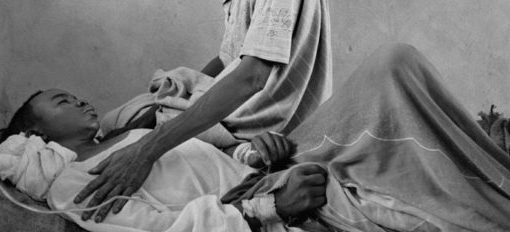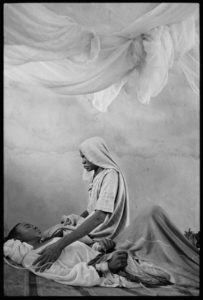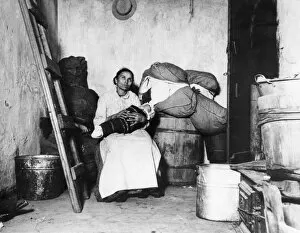Urban Distruction

In today’s modern world Journalism is always evolving and trying to keep up with what is happening in the world. On particular area of journalism that has always been evolving with the time is photojournalism. Photojournalism has always been seen as people just taking pictures for news stories but in today’s modern world that may not be the case. On average 1 in 4 Americans get their news from the web. This could be through apps, online websites, and social media. As many as 81% of adults get news from online platforms with 18% being purely social media and 28% being news websites and apps. (Mitchell, Gottfried, Bathel, and Shearer, 2016) Although television is still the leading way adults 30+ get their news there is a definite shift in the 18-29 age group with their news coming 50% from online. So what does all of this mean for photojournalism? It means photojournalist must evolve faster and get better almost by the minute.
In the world of social media it may seem that news stories are pouring out all the time. Along with a good headline a picture is key to getting the reader’s attention. With online publications and social media having a picture is almost crucial since all the news is being delivered through a screen. Photojournalist today must be able to capture pictures of impactful moments that will get readers attention and want the reader to stop and look at the gallery or read the news story attached to the photo. Now with almost everyone having a smart phone cameras seem to be everywhere so it makes it easier to shoot events that happen out of nowhere. A photojournalist must be prepared and ready not only with a traditional camera but possibly a phone.
Photojournalism has a such history beginning with war photography. Photographer Roger Fenton is credited with pioneering the field of war photography with the Crimean War. His photographs where published in the Illustrated London News which mass produced photographs like these for the first time. The next breakthrough in photography cam in the 1930s when the “Golden Age” of photography began up until the 1970s. Many innovations where made during this time which included the emergence of the compact Leica 35mm camera which made photography more portable than it had ever been. This made it possible for almost anyone to become a photojournalist and such inspired the ride of photographers like Margaret Bourke-White, Robert Capa and Dorathea Lange. (Stewart, 2017)
When searching for modern photojournalist of the modern era one in particular stood out to me. James Nachtwey is an American photojournalist who has been shooting since 1976 in New Mexico. Nachtwey has been all over the world and has covered several issues in places such as: El Salvador, Nicargua and Israel. Nachtwey is currently a contract photographer for TIME magazine and has been since 1984. He is also a founder of VII photography agency. Nachtwey mainly works for TIME magazine but also has several solo exhibitions in New York, Paris, Rome as well as more places around the globe.
Photojournalism is always evolving and it has always been that way. In modern times photography has become more accessible to the everyday person but to be a great photojournalist you need to have an eye for images. Great photojournalists see what is happening and are able to pull out their cameras to capture not just a photograph but a story within the photograph. The golden era inspired many to come up and be photojournalist which paved the way for many modern photographers.
Resources
- , S., & Tribe, Y. (2018, July 12) The History of Photojournalism. How Photography Changed the Way We Receive News. Retrieved from https://mymodernment.com/photojournalism-history/
- Hell, A., Gottfried., Barthel, M., Shearer, E. (2016, July 07).Pathways to news. Retrieved from http://www.journalism.org/2016/07/07/pathways-to-news/







